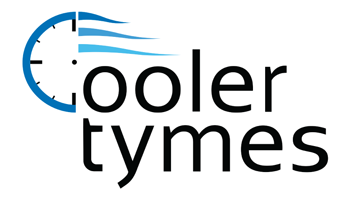
Between a tropical vacation or a lengthy trip for work, traveling means making preparations for your heating and cooling system. You can't use it as long as you’re not home, so you can adjust the temperature as needed to minimize your energy use. Just the same, you shouldn't just leave it off for the entire time you're gone.
Instead, it’s best to leave your HVAC system going and just raise or lower depending on the season. That way you can reduce energy costs without stressing about coming back to an uncomfortable home. We’ll walk you through why you should avoid turning your HVAC system off as well as the most energy-efficient thermostat settings for summer and winter.
This Is Why You Avoid Leaving Your Thermostat on Hold
While you may be inclined to turn your HVAC system off before a trip, this will sometimes end up stirring up annoying problems by the time you get back. This is especially true when the weather will be severely hot or cold while you’re gone.
For instance, switching the HVAC system off in the summer could produce very high humidity. Not only will your home feel gross when you come back, but it could have also invited mold/mildew growth or pest infestations.
And in the winter, not using the furnace could lead to pipes icing over or even bursting. It’s an awful feeling to get home from a vacation only to come across substantial water damage nearby a broken pipe.
Best Thermostat Settings While at Work
You can make temperature adjustments even as you come and go to work. Because you’re not home for about 8 hours or longer, it doesn’t make sense to keep an empty home heated or cooled as if you were there. In general, it’s recommended to adjust the thermostat by 5 degrees or so. That means that if you prefer a comfortable 72 degrees, try adjusting it to 76-77 while you’re out.
But you could save even more if you try further adjustments to the temperature. According to the Department of Energy, you could save about 10% on your HVAC costs by raising the temperature by about 7-10 degrees.
Best Thermostat Settings While Away from Home in Summer
If you leave for an extended trip in the middle of summer, you can make more significant adjustments. This prevents wasting energy while still safeguarding your home from the hassles that come with leaving it without air conditioning. Something like 5 degrees is suitable for shorter trips while a larger adjustment of 10 degrees is worthwhile if you’ll be out of town for 2 weeks or more. If you like keeping the house at 72 in the summer, 78-82 will offer the best results.
Recommended Thermostat Settings While Away from Home in Winter
To figure out the ideal thermostat setting for a winter getaway, consider lowering the temperature by the same amount you would increase it in summer. 68 is a popular winter thermostat setting, so lowering it to 63-58 will prevent ice from forming on pipes while minimizing how long your furnace operates.
A Smart Thermostat Can Help: Advantages of Smart Thermostat Installation
An ideal strategy to regulate your home’s HVAC system while away is with a smart thermostat. This special type of programmable thermostat uses intelligent software to track your typical comfort habits. It applies these preferences and makes automatic corrections to the schedule for higher energy efficiency. And with Wi-Fi connectivity, you can remotely adjust your heating and cooling from a smart device like a phone or tablet.
Smart thermostats are stuffed with features to help you save even more. For example, certain models can monitor electricity prices to boost heating or cooling when prices are more affordable. They can also work with high-efficiency, variable-speed equipment to refine how long your HVAC system has to run. It’s the optimal tool to streamline how you control your comfort system. If you’re thinking about investing in a smart thermostat, there are different ways you can bring down your costs, essentially getting a smart thermostat for free. The next time you are away from home, you can enjoy true peace of mind that your HVAC system won’t stir up any trouble while you’re gone.
